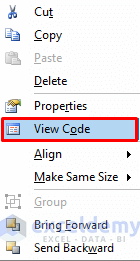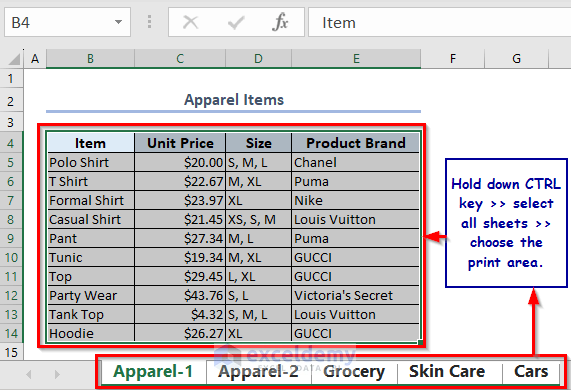5 Ways To Extract Month Year

Introduction to Date Extraction

Extracting the month and year from a given date can be a common requirement in various applications, such as data analysis, reporting, and automation tasks. There are multiple ways to achieve this, depending on the programming language, tools, or software you are using. In this article, we will explore five different methods to extract the month and year from a date.
Method 1: Using Python

Python is a popular programming language that provides an efficient way to extract the month and year from a date using the datetime module. Here’s an example code snippet:
from datetime import datetime
date_string = "2022-09-01"
date_object = datetime.strptime(date_string, "%Y-%m-%d")
month = date_object.month
year = date_object.year
print(f"Month: {month}, Year: {year}")
This code converts the date string into a datetime object and then extracts the month and year using the month and year attributes.
Method 2: Using Excel Formulas

If you are working with dates in Microsoft Excel, you can use formulas to extract the month and year. The MONTH and YEAR functions are specifically designed for this purpose. Here’s an example:
=MONTH(A1)
=YEAR(A1)
Assuming the date is in cell A1, these formulas will return the month and year, respectively.
Method 3: Using JavaScript

In JavaScript, you can extract the month and year from a date using the getMonth() and getFullYear() methods. Here’s an example code snippet:
let date = new Date("2022-09-01");
let month = date.getMonth() + 1; // add 1 because getMonth() returns 0-based index
let year = date.getFullYear();
console.log(`Month: ${month}, Year: ${year}`);
Note that the getMonth() method returns a 0-based index, so we add 1 to get the correct month.
Method 4: Using SQL

In SQL, you can extract the month and year from a date using various functions, depending on the database management system you are using. Here’s an example using MySQL:
SELECT MONTH(date_column) AS month, YEAR(date_column) AS year
FROM your_table;
This query extracts the month and year from the date_column in your table.
Method 5: Using Pandas in Python

If you are working with data in Python using the Pandas library, you can extract the month and year from a date column using the dt.month and dt.year attributes. Here’s an example code snippet:
import pandas as pd
df = pd.DataFrame({"date": ["2022-09-01", "2022-10-01", "2022-11-01"]})
df["date"] = pd.to_datetime(df["date"])
df["month"] = df["date"].dt.month
df["year"] = df["date"].dt.year
print(df)
This code creates a sample dataframe with a date column, converts the date column to datetime format, and then extracts the month and year into separate columns.
📝 Note: When working with dates, it's essential to consider the date format and timezone to avoid any inconsistencies or errors.
In summary, extracting the month and year from a date can be achieved using various methods, including Python, Excel formulas, JavaScript, SQL, and Pandas in Python. Each method has its own advantages and disadvantages, and the choice of method depends on the specific use case and requirements.
What is the most efficient way to extract the month and year from a date in Python?

+
The most efficient way to extract the month and year from a date in Python is by using the datetime module, specifically the month and year attributes.
Can I use Excel formulas to extract the month and year from a date?

+
Yes, you can use Excel formulas, specifically the MONTH and YEAR functions, to extract the month and year from a date.
How do I extract the month and year from a date in JavaScript?

+
You can extract the month and year from a date in JavaScript using the getMonth() and getFullYear() methods.



